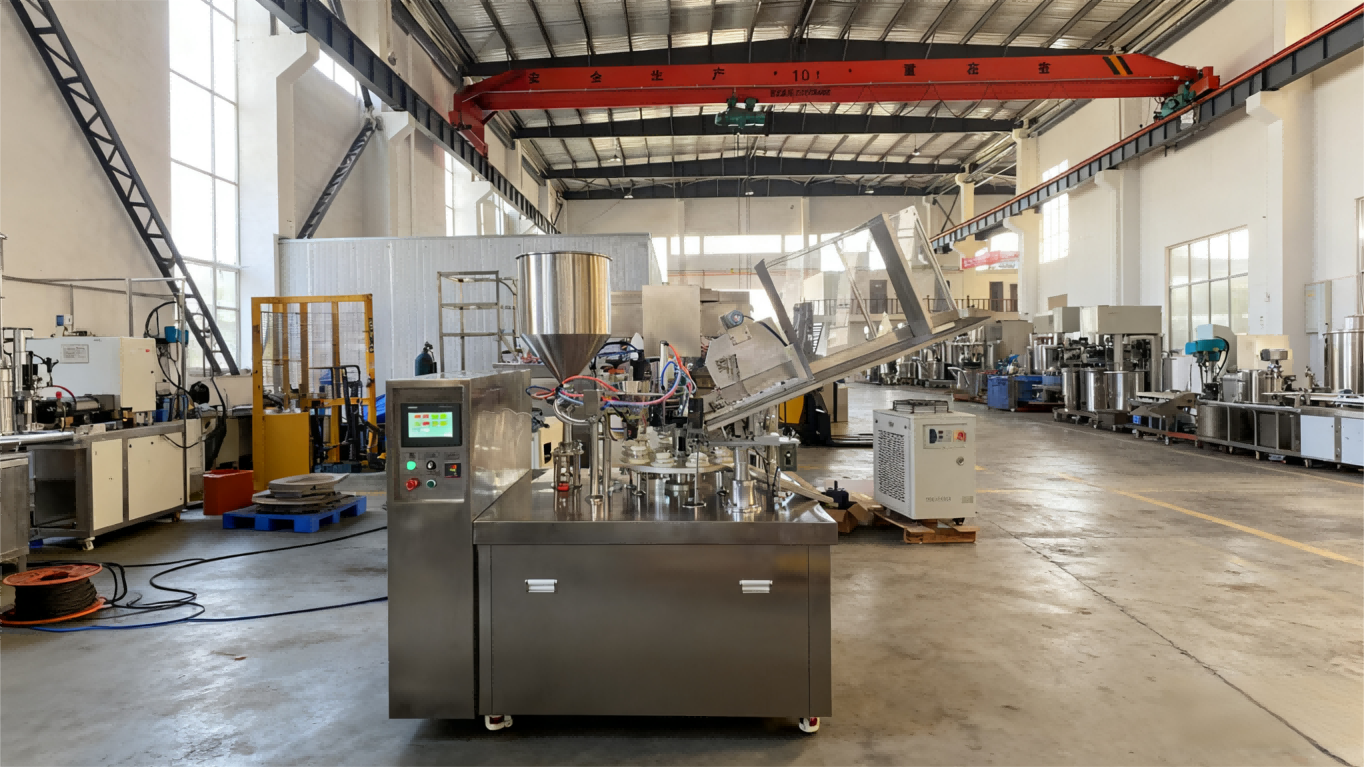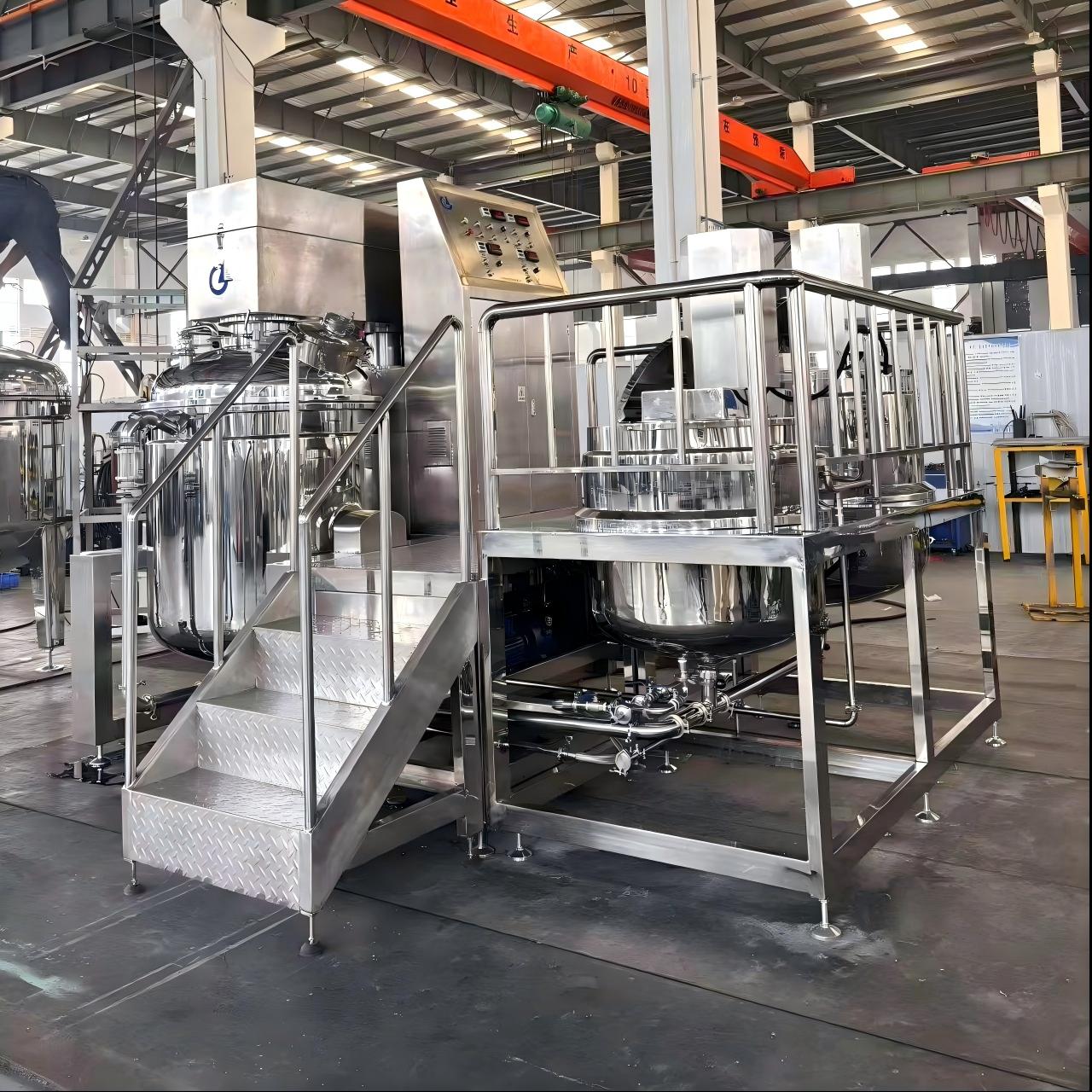How to Choose the Right Capacity for a Vacuum Emulsifying Mixer: A Practical Guide?
Choosing the right capacity for a vacuum emulsifying mixer is a critical decision—it directly impacts production efficiency, cost control, and whether your equipment can meet long-term business needs. Below is a practical, step-by-step guide to help you select the optimal capacity:

1. Start with Your Core Production Needs (The Foundation of Capacity Selection)
Your daily/weekly output and batch size are the most important determinants of mixer capacity. Follow these steps to calculate your basic capacity requirement:
Define daily production volume: For example, if you need to produce 500kg of face cream per day.
Determine batch frequency: Decide how many batches you can run daily (considering cleaning time, cooling time, and labor shifts). For instance, 2 batches per day mean each batch needs to handle 250kg.
Add a 10–20% capacity buffer: Raw materials (e.g., oils, water, additives) may expand during mixing, and future production growth should be considered. Thus, a 250kg actual batch need calls for a 300L mixer (not a 250L one)—this avoids overloading the tank and ensures smooth mixing.
2. Align Capacity with Material Properties
The viscosity, density, and flowability of your raw materials affect how much the mixer can effectively handle—even if the “volume” matches, high-viscosity materials may require a larger tank:
High-viscosity materials (e.g., thick ointments, body butters): These materials have poor flowability and need more space for the agitator to rotate and shear. For example, a 300L mixer can only handle 200kg of high-viscosity cream (fill rate ≈ 67%), so you may need a 400L mixer to meet a 250kg batch requirement.
Low-to-medium viscosity materials (e.g., lotions, light day creams): These have better flowability, allowing a fill rate of 70–80%. A 300L mixer can comfortably handle 210–240kg per batch.
Dense materials (e.g., creams with high powder content): Avoid filling the tank to full capacity—dense materials increase agitator load, which may cause motor overheating. Stick to a maximum 75% fill rate.
3. Link Capacity to Mixing Process Requirements
Your product’s mixing goals (e.g., emulsification speed, homogeneity) also influence capacity—larger batches may need more power, but capacity must match the mixer’s ability to maintain consistent mixing:
Fast emulsification needs (e.g., mass-produced lotions): If you require 15-minute mixing per batch, a 500L mixer with a high-power agitator (≥15kW) is better than two 250L mixers (which double cleaning and setup time).
High homogeneity requirements (e.g., pharmaceutical creams): Smaller batches (e.g., 100–200L) ensure more uniform shear force—if your product needs ultra-fine emulsification, avoid oversized mixers (large tanks may have “dead zones” where mixing is incomplete).
4. Consider Operational Flexibility for Future Changes
Choose a capacity that can adapt to potential production adjustments—this avoids re-purchasing equipment prematurely:
If production volume may increase: Select a mixer with 30% extra capacity (e.g., if current daily output is 300kg, choose a 500L mixer instead of 400L) to accommodate growth in 1–2 years.
If formula types may change: If you’ll switch between low-viscosity lotions and high-viscosity creams, opt for a mixer with a “variable fill rate” design (e.g., a 400L tank that can handle 150–320kg batches) and a powerful agitator (to adjust mixing intensity for different materials).
5. Balance Capacity with Space and Budget
Capacity can’t be chosen in isolation—ensure it fits your facility and financial plan:
Space constraints: Measure the installation area (length, width, height) and check the mixer’s dimensions (including tank height, agitator height, and maintenance space around the machine). For example, a 1000L industrial mixer may require a 3m×2m floor space and 4m ceiling height—don’t overlook this, as retrofitting space is costly.
Budget considerations: Larger capacity means higher upfront costs, but it may reduce long-term expenses. For example, a 500L mixer ($80,000) is cheaper than two 250L mixers ($60,000 total upfront, plus double the maintenance and energy costs). Factor in total cost of ownership (TCO)—not just the purchase price.
6. Consult Experts for Customized Recommendations
If you’re unsure (e.g., complex formulas, variable production plans), work with mixer manufacturers or industry consultants:
Provide detailed data: Share your daily output, formula viscosity, batch frequency, and growth plans.
Request a test: Many manufacturers offer small-batch tests (e.g., using your formula in a 300L mixer) to verify if the capacity meets your mixing quality and efficiency needs.
In summary, selecting vacuum emulsifying mixer capacity is a balance of “current needs” and “future flexibility.” By starting with production volume, aligning with material properties, and considering space/budget, you can choose a capacity that optimizes efficiency, reduces waste, and supports your business growth—avoiding the mistake of “too small (insufficient output)” or “too large (wasted cost and space).”
News
- Latest News
- Solutions
- FAQ
Recommend Products
-
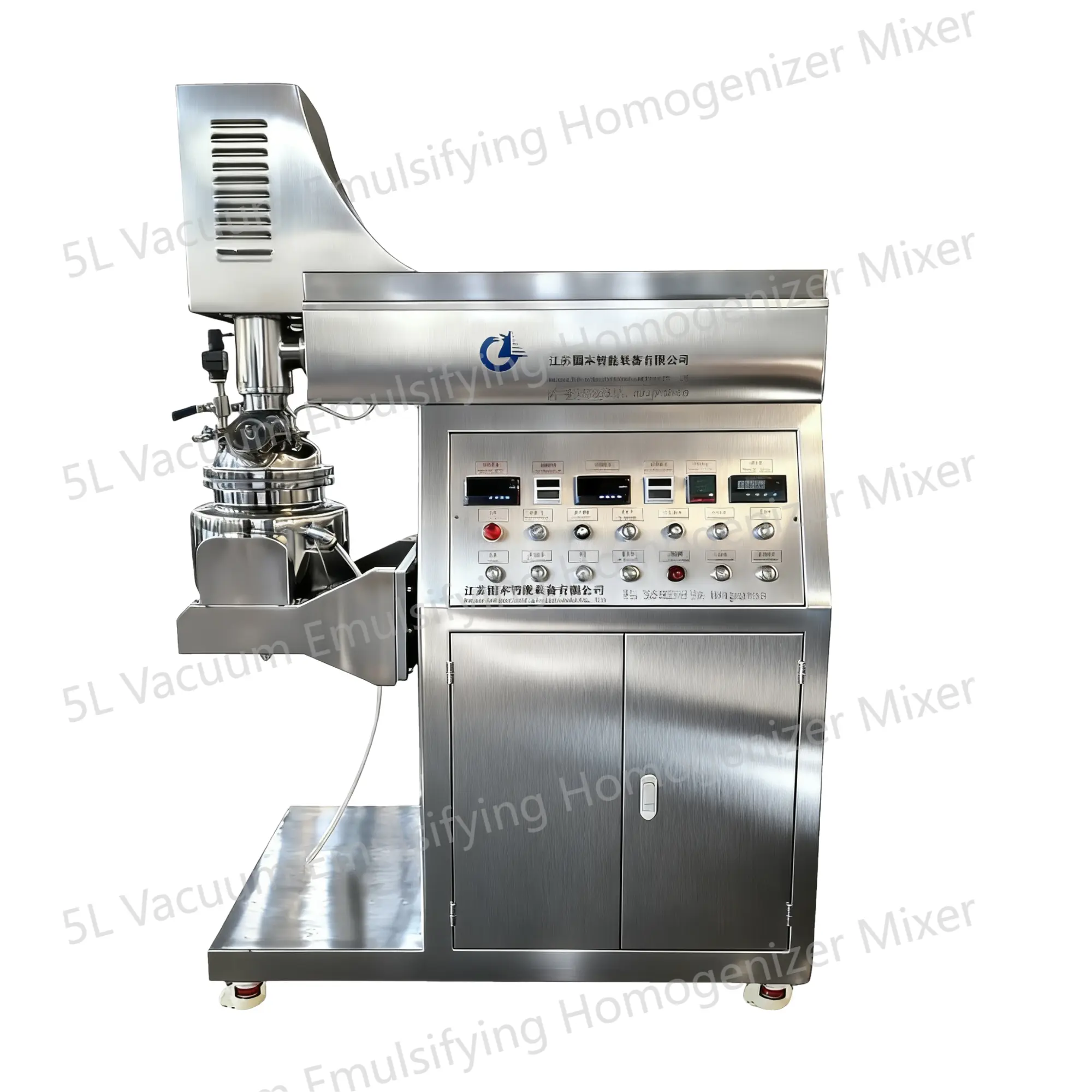 5L Vacuum Emulsifying Homogenizer Mixer
5L Vacuum Emulsifying Homogenizer MixerThe 5L vacuum emulsifying mixer is a device designed for emulsifying and mixing various substances in a vacuum environment. This equipment is equipped with a mixing tank with a capacity of 5 liters and is widely applied in industries such as food, pharmaceuticals, cosmetics, and pesticides.
-
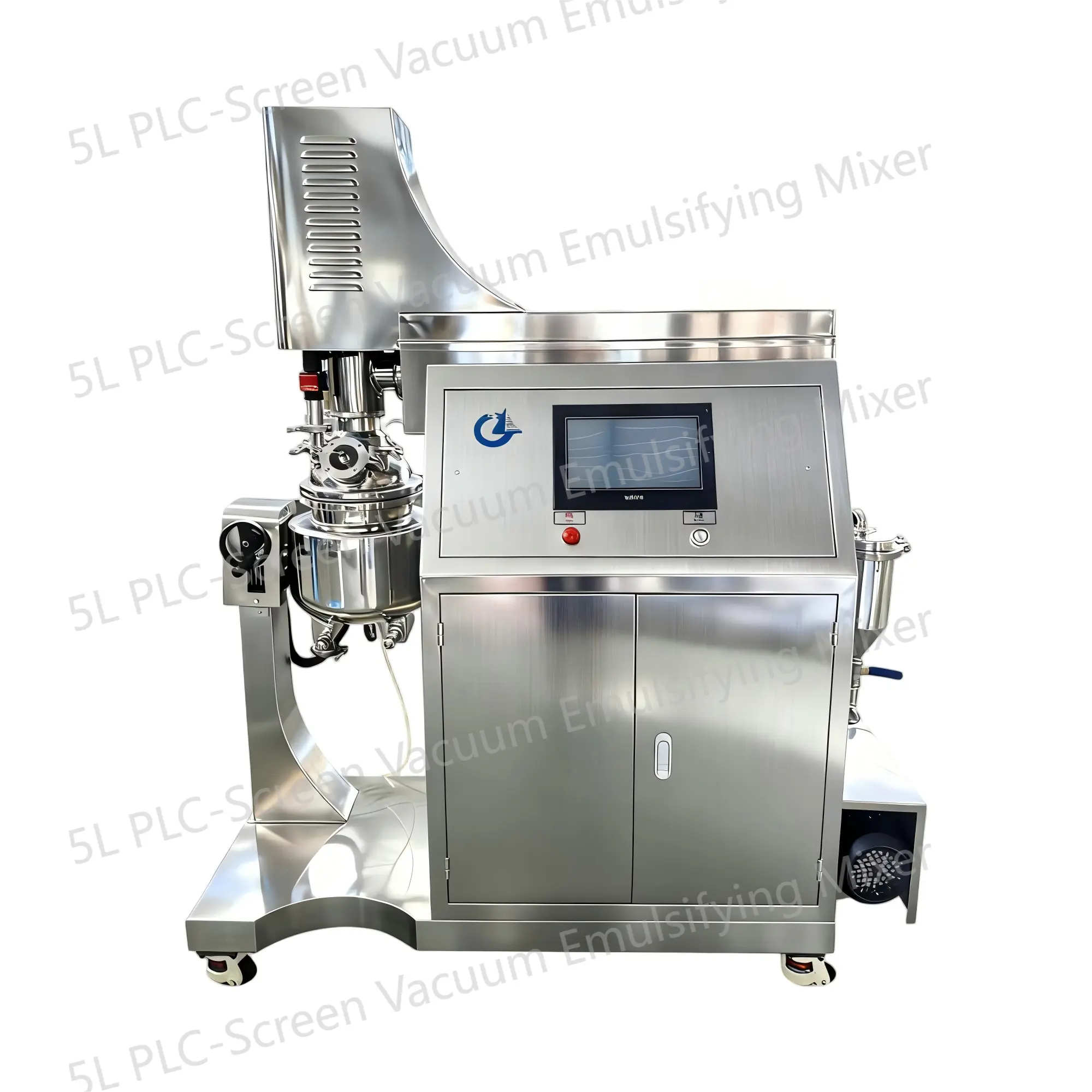 5L PLC-Screen Vacuum Emulsifying Mixer
5L PLC-Screen Vacuum Emulsifying MixerThe 5L PLC-Screen Vacuum Emulsifying Mixer is a device designed for emulsifying and mixing various substances in a vacuum environment. This equipment is equipped with a mixing tank with a capacity of 5 liters and is widely applied in industries such as food, pharmaceuticals, cosmetics, and pesticides.
-
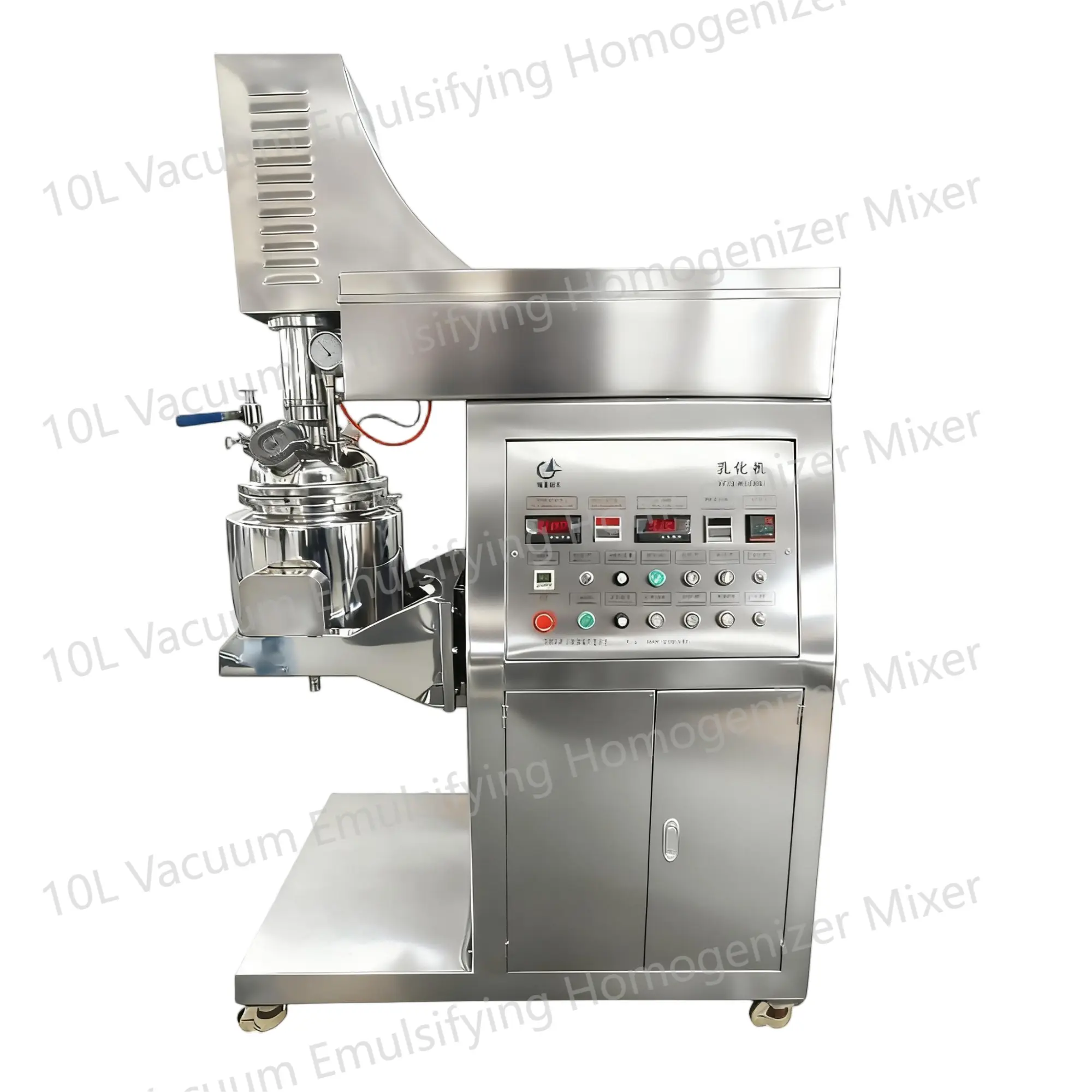 10L Vacuum Emulsifying Homogenizer Mixer
10L Vacuum Emulsifying Homogenizer MixerThe 10L Vacuum Emulsifying Mixer is a device used for emulsifying and mixing various substances in a vacuum environment. It is commonly used in industries such as food, cosmetics, and pharmaceuticals.


 English
English Russian
Russian French
French Spanish
Spanish Portuguese
Portuguese Korean
Korean Japanese
Japanese Thai
Thai
